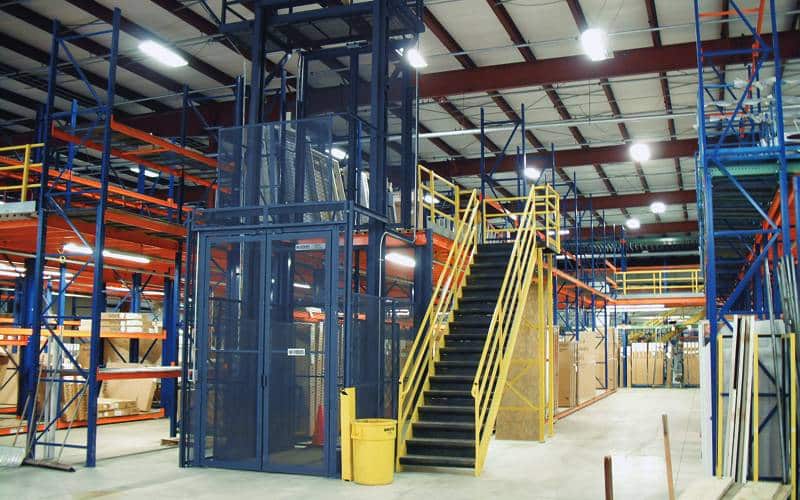
Two of the best reasons for using a vertical reciprocating conveyor (VRC) over other types of material lifting equipment are that they’re inherently safer and more reliable than other material lifting equipment. However, as with any machinery, proper maintenance is critical to maintain optimal performance and safety. Ignoring routine maintenance could lead to an equipment breakdown that could disrupt your business and potentially lead to injury.
Prevent Vertical Reciprocating Conveyor Downtime and Failure
Routine maintenance and visual inspections are key to optimal VRC performance. Downtime caused by equipment that has not been properly maintained is expensive, disruptive, and potentially dangerous.
Don’t know where to start? PFlow has made it easy for you to understand the routine preventive maintenance and visual inspection cadence for all of our models. The Preventive Maintenance checklists for each VRC model are located in the PFlow Knowledge Base. The checklist can also be found in your Owner’s Manual.
In addition to following the preventive maintenance schedule and checklist, following the tips below will help ensure that your VRC provides uninterrupted service for years to come:
- Visual inspections and preventive and all other maintenance should be performed by a qualified and trained service technician. A qualified/trained person is defined as someone who, by possession of a recognized degree or certificate of professional standing, or by extensive knowledge, training, and experience, has successfully demonstrated his/her ability to solve problems relating to the subject matter and work.
- Ensure all steps in the checklist are completed per the recommended cadence.
- Keep detailed records of all preventive maintenance and visual inspections performed. This will help you keep a running history of any problems and it will also make it easy to identify trends and anticipate expected wear and tear repairs.
Use the Correct Checklist
Mechanical VRC preventive maintenance checklists differ from those of hydraulic VRCs. Be sure you are using the correct checklist for your equipment. If you are ever in doubt of which PFlow VRC model you are using, contact csd@pflow.com. By providing the VRC’s serial number, we can direct you to the correct checklist.
Additional Recommendations for Maintaining your VRC
In addition to preventive maintenance, it is also important to avoid overloading your VRC. Exceeding your VRC’s weight capacity can lead to accelerated chain wear and can overheat the motor, causing the VRC to stop working.
Ensure switches, guards, and gates are kept clean and in good working order.
Safeguard your VRC from non-maintenance related damage. If a VRC is in a location where forklifts, vehicles, or carts might hit it, install barriers or bollards to prevent collisions.
If a VRC won’t operate or doesn’t sound or move exactly as it should, try these 4 Easy VRC Troubleshooting Tips. If these don’t remedy the problem, PFlow’s technical support staff is here to help, 24/7 at 414-807-0336.
Long Life and Reliable Performance
Businesses that install VRCs find they become indispensable in their day-to-day operations. PFlow VRCs are known for providing trouble-free service, but like all mechanical devices, they should be inspected regularly and benefit from routine preventive maintenance. The recommendations provided here will help you realize dependable performance from your VRC.
For more information on PFlow VRCs, click below.
